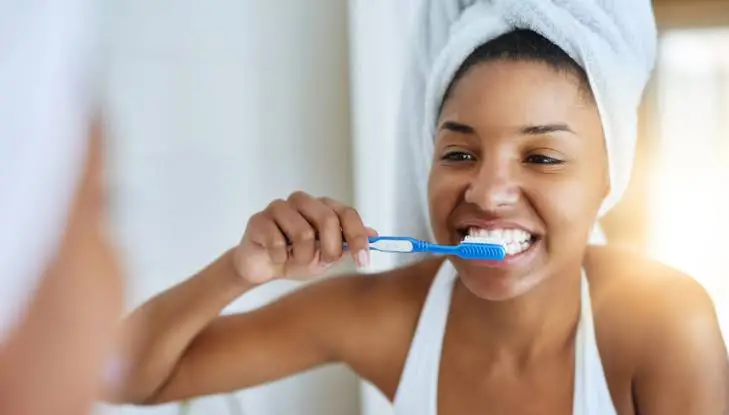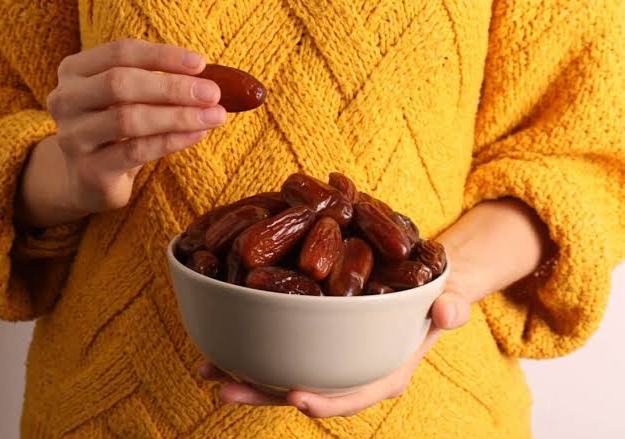
Oral hygiene simply means keeping the entire mouth clean, this is commonly done by brushing and flossing. Poor oral hygiene can to toothache and other dental problems.
Keeping a good oral hygiene is the best things you can do for your teeth and gums. Healthy teeth not only enable you to look and feel good, they make it possible to eat and speak properly. Good oral health is important to your overall well-being.
The WHO has it that Oral diseases pose a major health burden for many countries and affect people throughout their lifetime, causing pain, discomfort, disfigurement and even death.
It is estimated that oral diseases affect nearly 3.5 billion people. In order to reduce this number, proper oral hygiene needs to be passed to the larger populations.
Oral Hygiene Basics
Brush Twice a Day: The 2×2 formula simply means to brush two times in one day, preferably in the morning and evening. When you brush, don’t rush it. Brush for at least 2 minutes.
Use The Right Equipments: Use a fluoride toothpaste and soft-bristled toothbrush that fits your mouth comfortably. So many gets it wrong here, they try using the hard kind of brush as if they are scrubbing the floor. The mouth needs to be cared for with every tenderness.
Changing Of Toothbrush: Get a new toothbrush every three or four months, or sooner if the bristles are frayed. A worn toothbrush won’t do a good job of cleaning your teeth.
Chose The Right Techniques: Holding your toothbrush at angle 45 is recommended, aiming the bristles toward the area where your tooth meets your gum. Gently brush with circular short back-and-forth motions.
Brushing too hard or with hard bristles can hurt your gums.
Keep The Equipments Clean: keep both your toothbrush and floss clean to avoid introduction of microorganisms into the mouth.
Other good oral practices includes;
- Run regular check ups at least once a year
- Limit alcoholism
- Quit smoking
- Drink fluoridated water
- Reduce intake of sugary and acidic drinks.
- Do not neglect flossing
Brushing Step By Step
- Use a small-headed, soft-bristled toothbrush, hold it with your fingers.
- A pea-sized dab of fluoride toothpaste is enough.
- Hold the bristles gently against the outside of your top teeth, near the gum line, at about 45-degree angle upward.
- Sweep the brush gently back and forth over teeth and gums in soft strokes or sweep in circular motion.
- Be sure to clean the spaces between teeth: Use a sweeping motion, or downwards-outwards movement, for the top teeth and upwards-outwards for the bottom teeth to brush food particles away from the gums. when the mouth is not clinched.
- When you have done one brush-width, move to the adjacent area of your teeth and repeat. Keep going until you have finished cleaning the outside of the whole top row of teeth.
- Move to the bottom teeth, repeat the procedure, tilting the brush down toward the gum line at about 45 degrees. Finish cleaning the outside of the bottom teeth.
- Go on to the inside of the top teeth, tilting the bristles up toward the gums, clean the inside of the top teeth with gentle but thorough strokes.
- Go to the inside of the bottom teeth. Tilt the brush down and repeat the procedure.
- For the chewing surfaces: Holding the bristles flat against the molars, clean the ridges and valleys of the back teeth. Do this for all the top and bottom teeth.
- Finally, brush your tongue gently to remove bacteria and freshen breath.
Flossing Step By Step
- Cut about 18 inches of floss, so you have a clean piece of floss to use on each tooth in the cleaning process and hold it hold firmly.
- Curve the floss into a C-shape as you slide it up and down along the side of each tooth.
- Don’t forget to floss the back sides of your back teeth on both the left and right of the upper and lower teeth.







Leave a Reply